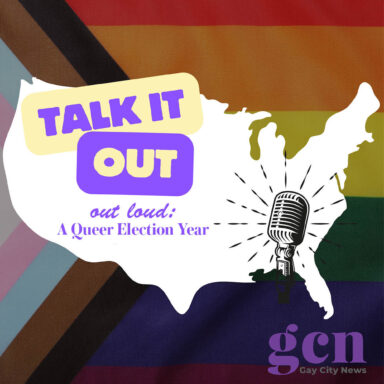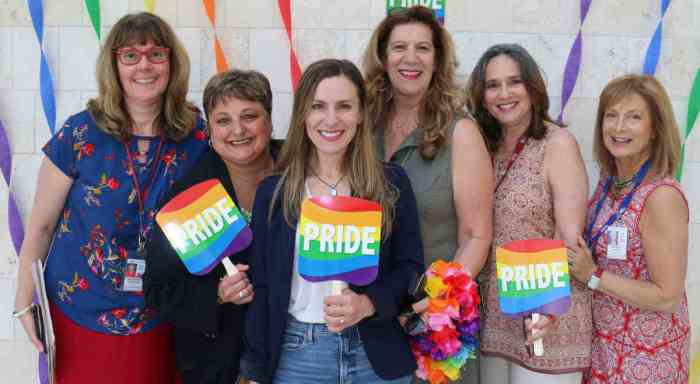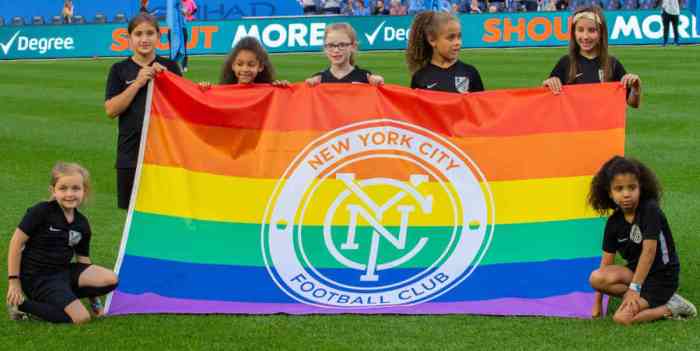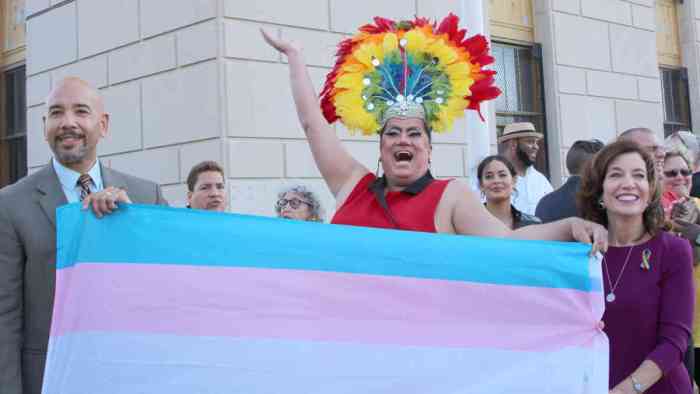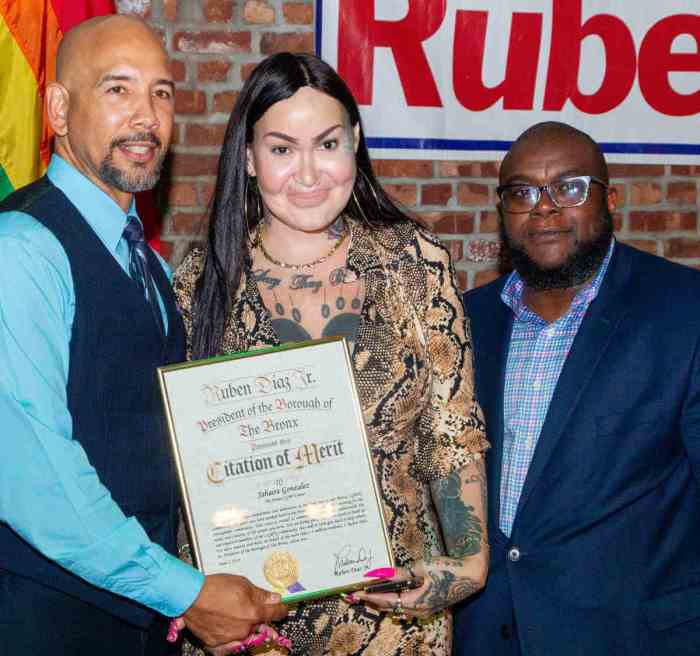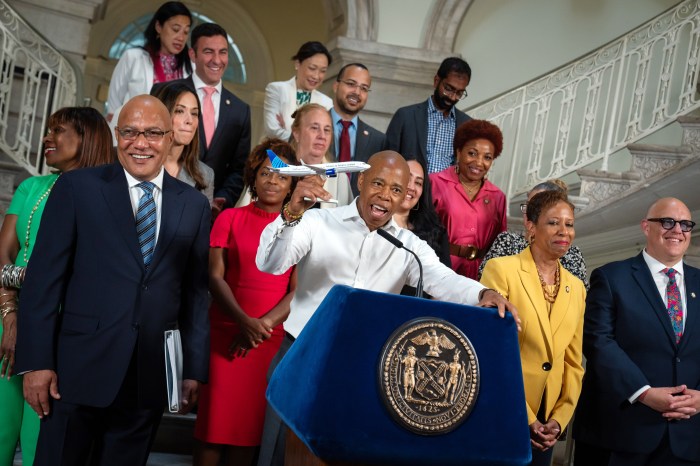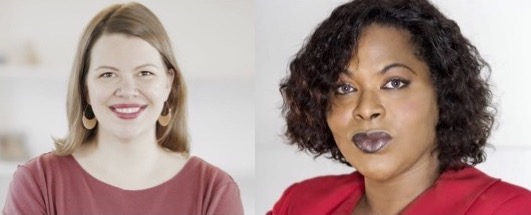Tuesday marked National Black HIV/AIDS Awareness Day (NBHAAD), a day to highlight the progress of HIV testing, prevention and treatment efforts and consider ongoing challenges to reducing HIV among Black and African-American people in the U.S. On Feb. 7, NBHAAD, advocates and elected officials gathered to challenge the systemic root causes of HIV disparities in communities within New York City.
The Bronx has more than 23,500 people living with HIV. In 2021, the Bronx also had the highest rates of HIV/AIDS deaths. These rates are most alarming among Black Non-Hispanic Bronxites, who are diagnosed with HIV at more than twice the rate of their white and Hispanic neighbors, and experience the majority of HIV/AIDS deaths in our borough.
“The Bronx suffers from the highest rates of HIV across New York State’s 62 counties, and sexually transmitted infection rates are at unacceptably high rates among vulnerable groups in our city,” said City Councilmember Pierina Sanchez. “By making rapid testing services available throughout the City and educating New Yorkers, this bill will work to reduce infection rates and save lives. It is time to ensure everyone has access to the services they need.”
Introduction 895, which has currently 16 bill sponsors and is supported across a broad coalition of health advocates, would require the city health department to ensure accessibility to rapid testing for sexually transmitted infections in all boroughs, prioritizing communities in boroughs that have higher infection rates. The bill would also require health officials to conduct an educational outreach campaign within communities.
New York City continues to make steady progress toward meeting its goals to end the HIV epidemic citywide. However, inequities in HIV and STIs persist, underscoring the need to increase access to prevention, testing, care and treatment, and to accelerate efforts to improve HIV-related outcomes for all New Yorkers. Among reported cases of gonorrhea, chlamydia and syphilis, notable inequities persist, underscoring the need to improve access to timely, high-quality sexual health services for all New Yorkers.
“On National Black HIV/AIDS Awareness Day, we pause to reflect on the progress we’ve made to improve HIV preventative care, expand access to resources, treatment, and care, and fight stigma and discrimination,” said U.S. Rep. Ritchie Torres. “But we also acknowledge that more work needs to be done – particularly to communities like the ones in my district that have seen a significantly disproportionate impact to this devastating epidemic. We must recommit ourselves to addressing the disparities and dismantling the barriers that prevent Black people from receiving the healthcare they deserve – regardless of how they identify, who they love, or where they live.”
In NYC, while overall rates of gonorrhea and chlamydia have decreased, infection rates for both STIs disproportionately affect people living in very high poverty neighborhoods — where 30%-100% live below the federal poverty level — with case rates approximately three times higher than rates among people living in low poverty neighborhoods. Community districts in the Bronx face the highest rate of chlamydia, with some districts as high as 2,053 infections per 100,000 people, as well as high rates of gonorrhea and both primary and secondary syphilis.
For more coverage, follow us on Twitter, Facebook and Instagram @bronxtimes


